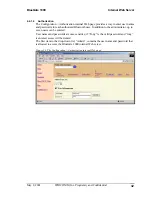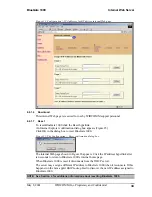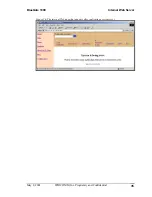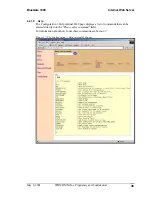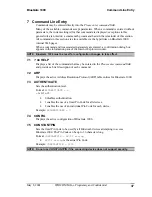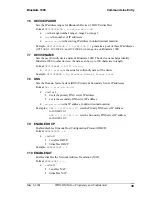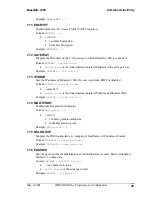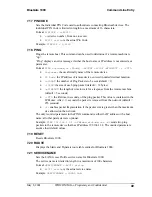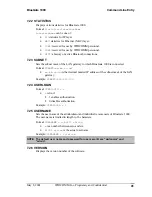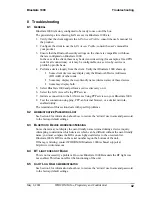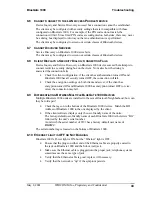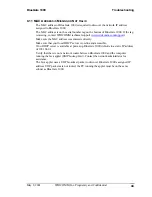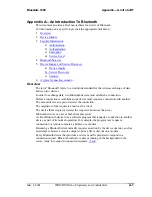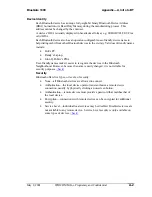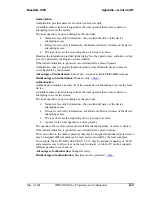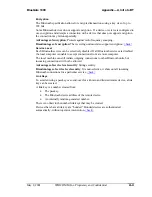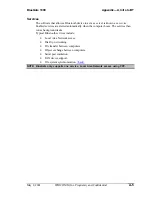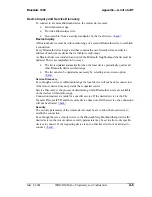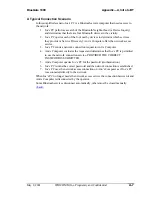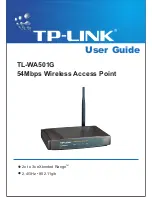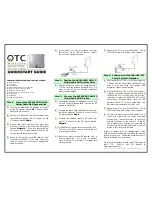
BlueGate 1000
Appendix—A, Intro to BT
May 8, 2001
WIDCOMM, Inc, Proprietary and Confidential
A-2
Device Identity
Each Bluetooth device has a unique forty-eight-bit binary Bluetooth Device Address
(BDA) burned into its Read Only Memory during the manufacturing process. This
address cannot be changed by the end-user.
A devices’ BDA is usually displayed in hexadecimal format, e.g, 00:D0:B7:03:2E:9F is a
valid BDA.
Each Bluetooth device also has an operator-configurable user-friendly device name to
help distinguish it from other Bluetooth devices in the vicinity. Valid user-friendly names
include:
•
Bob’s PC.
•
Randy’s Laptop.
•
John Q. Public’s PDA.
User-friendly names make it easier to recognize the devices in the Bluetooth
Neighborhood. However, because the name is easily changed, it is not reliable for
security purposes.
<back>
Security
Bluetooth offers five types, or levels, of security:
•
None—all Bluetooth devices are allowed to connect.
•
Authorization—the local device operator must authorize a remote device
connection, usually by physically clicking an on-screen button.
•
Authentication—remote devices must provide a password that matches that of
the local device.
•
Encryption—connections with remote devices can be encrypted for additional
security.
•
Service Level—individual local services may be disabled. Disabled services are
not available to any remote device. Service Level security is only available on
some types of devices.
<back>

